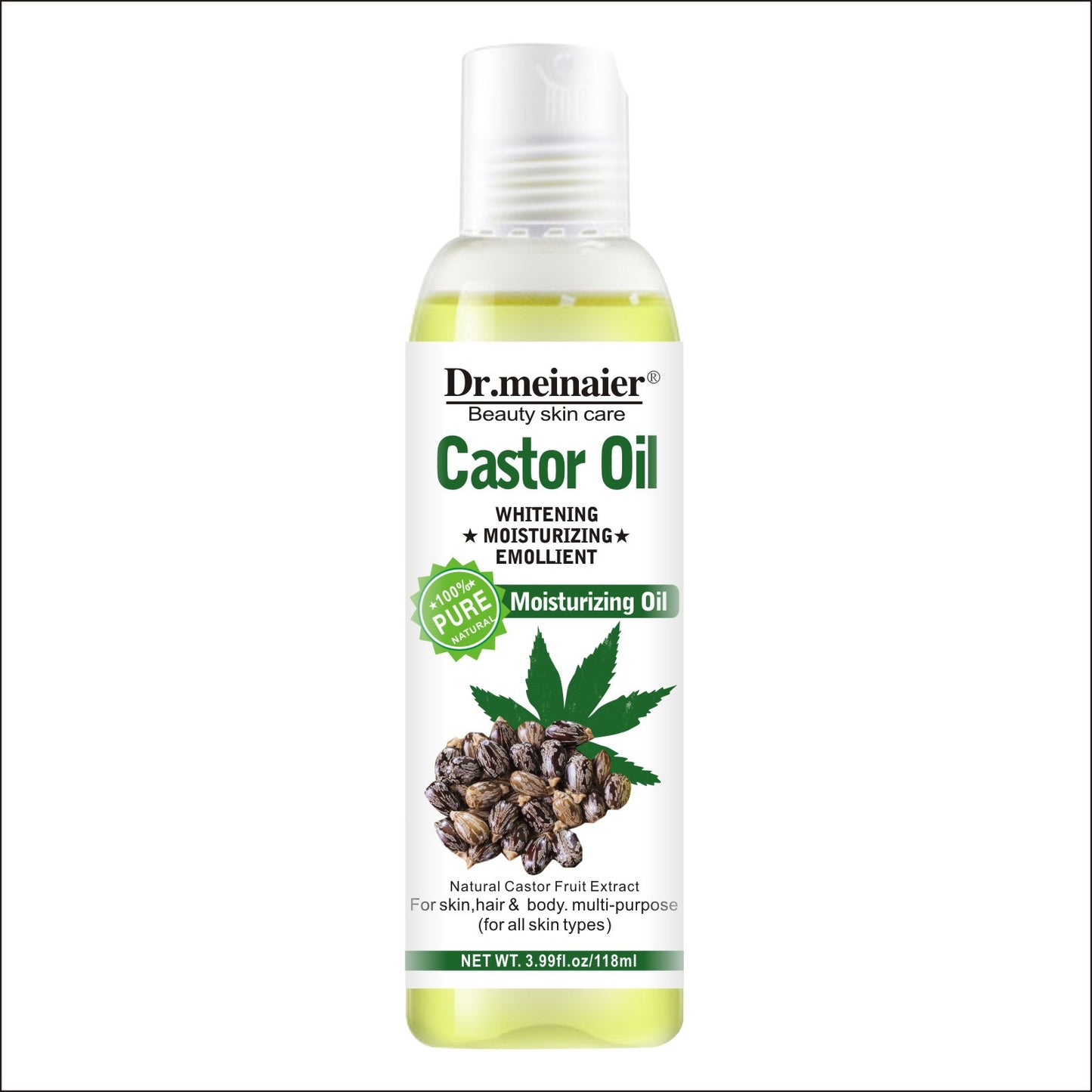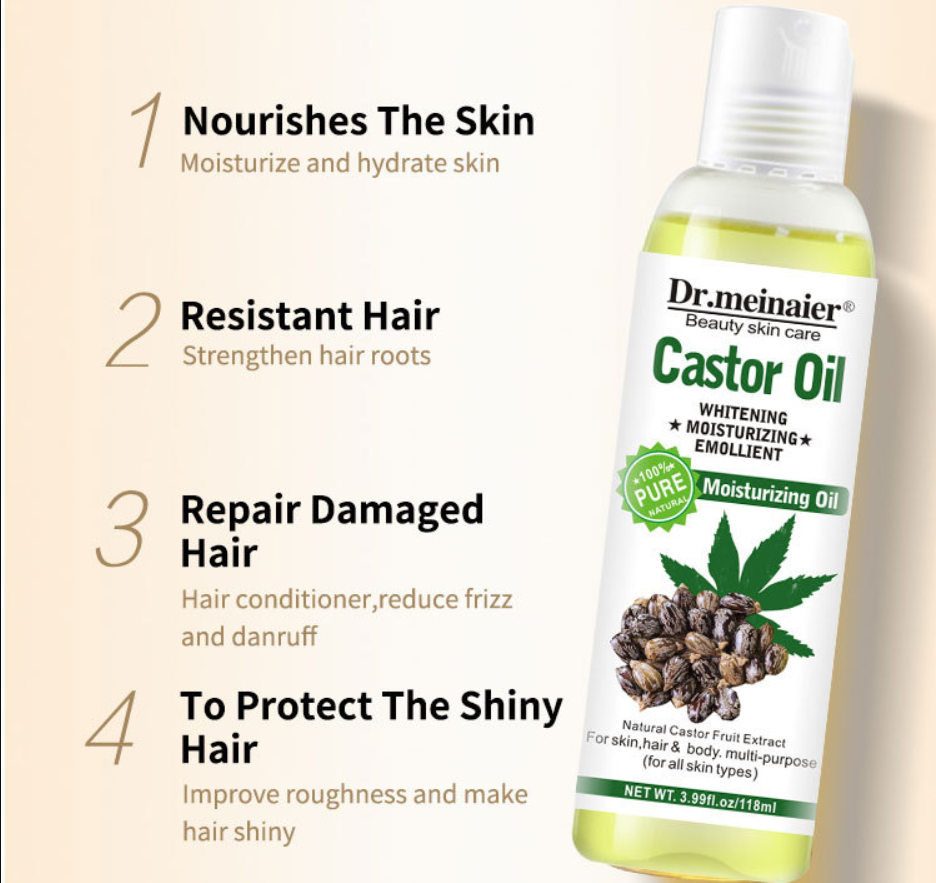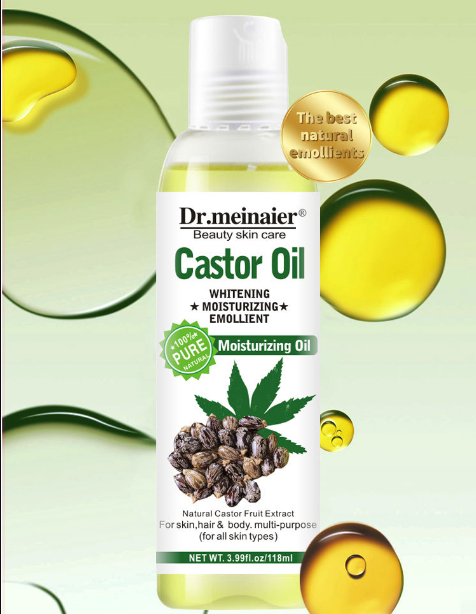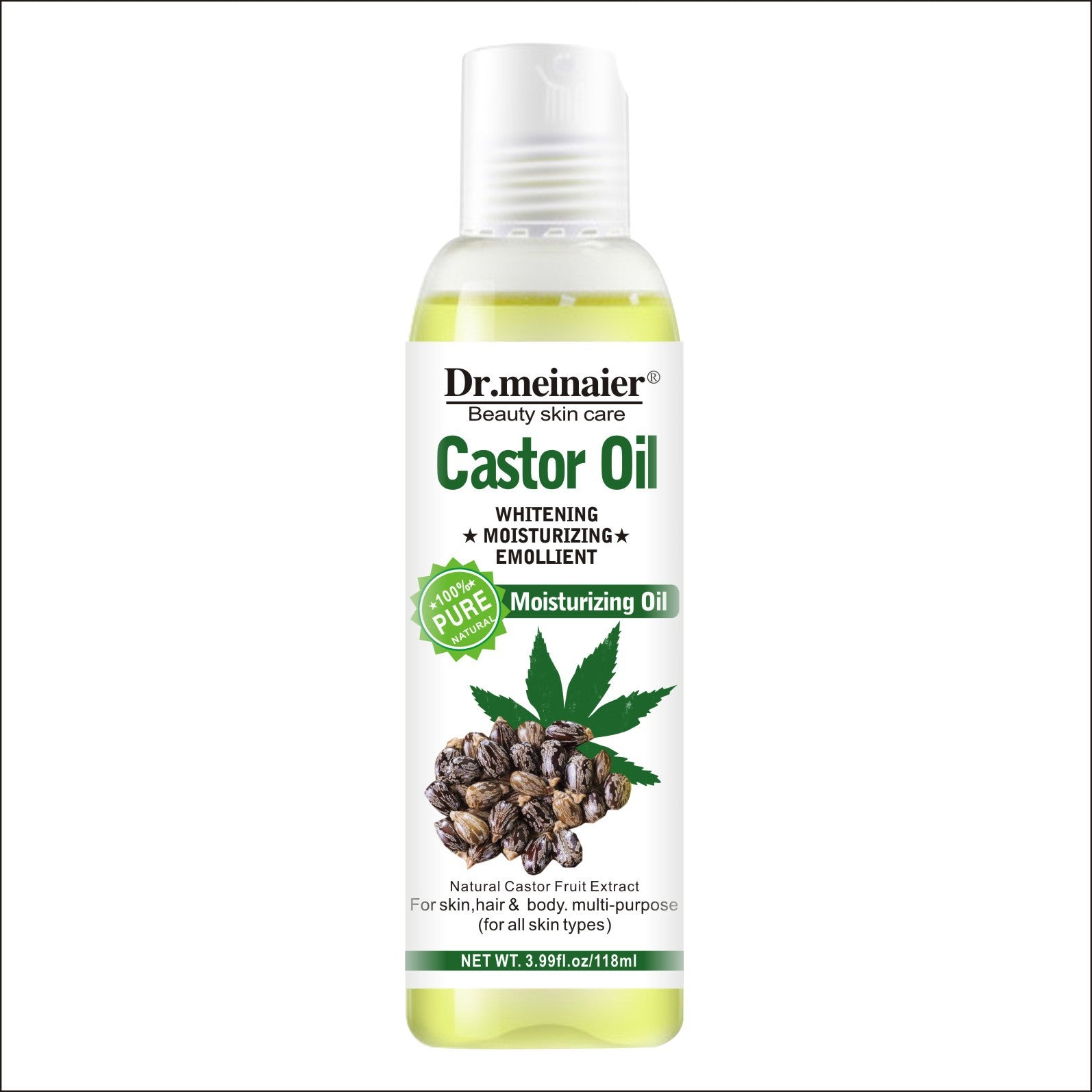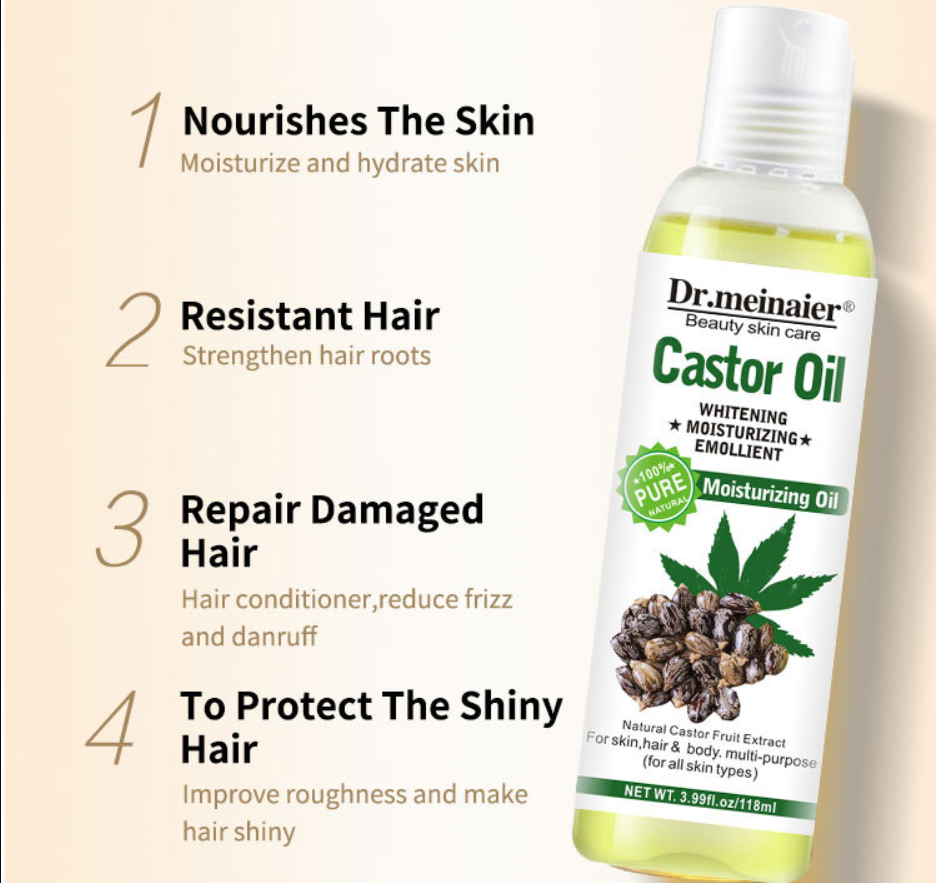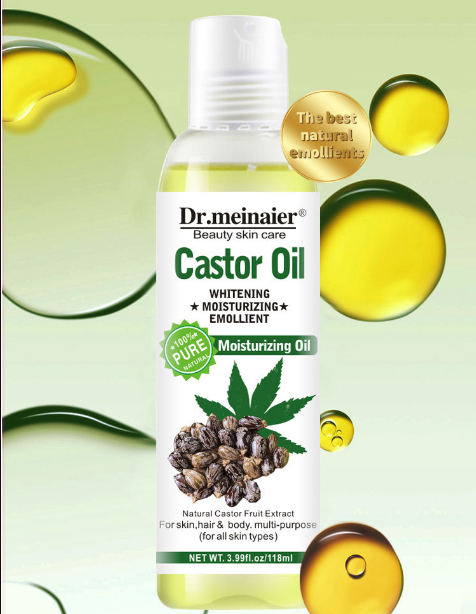vitalityarousal
Castor Oil: Essential Oil Carrier Oil
Castor Oil: Essential Oil Carrier Oil
Couldn't load pickup availability
- Cruelty Safe
- 100% Pure
- GC/MS Tested
Castor oil is another carrier oil commonly used in combination with essential oils for various applications. It is derived from the seeds of the castor plant (Ricinus communis) and offers its own set of benefits when used as a carrier oil for essential oils.
Castor Oil as a Carrier Oil:
-
Viscosity: Castor oil is thicker and more viscous compared to other carrier oils. This thickness can make it useful for certain applications, such as providing a protective barrier on the skin or for oil cleansing.
-
Skin Conditioning: Castor oil has moisturizing and emollient properties that can help soften and hydrate the skin. It contains fatty acids like ricinoleic acid, which contribute to its skin-nourishing effects.
-
Penetration: Despite its thickness, castor oil has the ability to penetrate deeply into the skin, which can enhance the absorption of essential oil constituents.
-
Anti-Inflammatory: Castor oil is known for its anti-inflammatory properties and can be soothing to the skin, making it suitable for addressing various skin issues.
-
Natural Cleanser: Some people use castor oil as a component of the oil cleansing method, where it helps dissolve impurities and makeup while providing moisturizing benefits.
Using Castor Oil as a Carrier:
-
Dilution: The same principles of dilution apply to castor oil as to other carrier oils. Use 1-2 drops of essential oil per teaspoon (5 mL) of castor oil for body application. Adjust ratios based on your skin's sensitivity and the specific essential oil being used.
-
Blending: Mix your chosen essential oils with castor oil in a small glass container. Due to its thicker consistency, it may be easier to blend if slightly warmed. Gently stir or mix the oils.
-
Application: Apply the diluted essential oil blend to the desired area of the body and gently massage it in for absorption. When using for oil cleansing, apply the blend to your face and massage before wiping away with a warm cloth.
-
Patch Test: As with any new oil blend, perform a patch test before using it on a larger area of your skin to ensure there are no adverse reactions.
-
Combination: Given its thickness, castor oil is often blended with lighter carrier oils like almond, jojoba, or fractionated coconut oil to achieve a more workable consistency.
Remember that castor oil may not be suitable for all skin types, especially those with very sensitive or acne-prone skin. If you're trying it for the first time, start with a small amount and observe how your skin reacts. Always choose high-quality, cold-pressed castor oil for the best results.
Share
